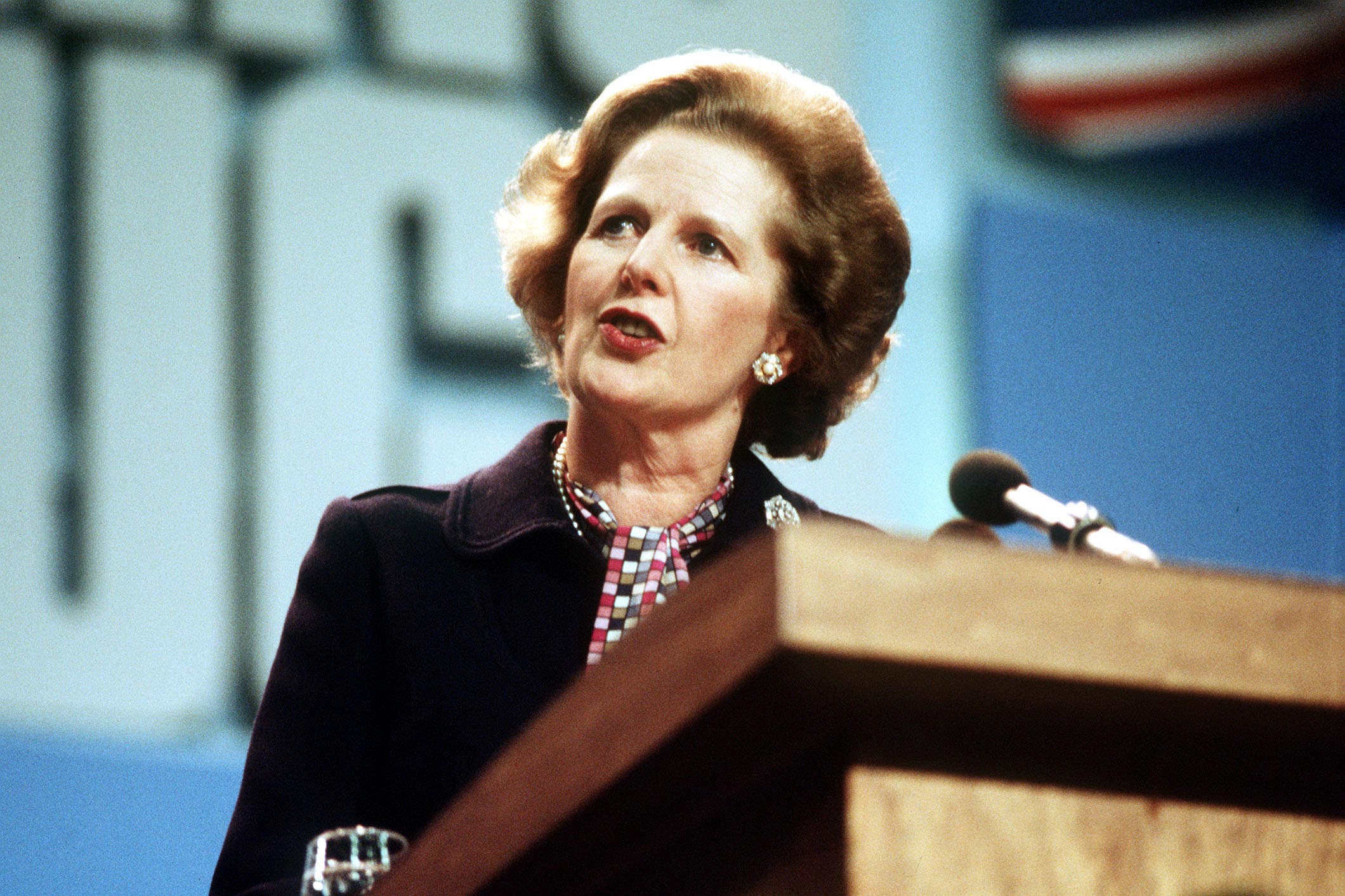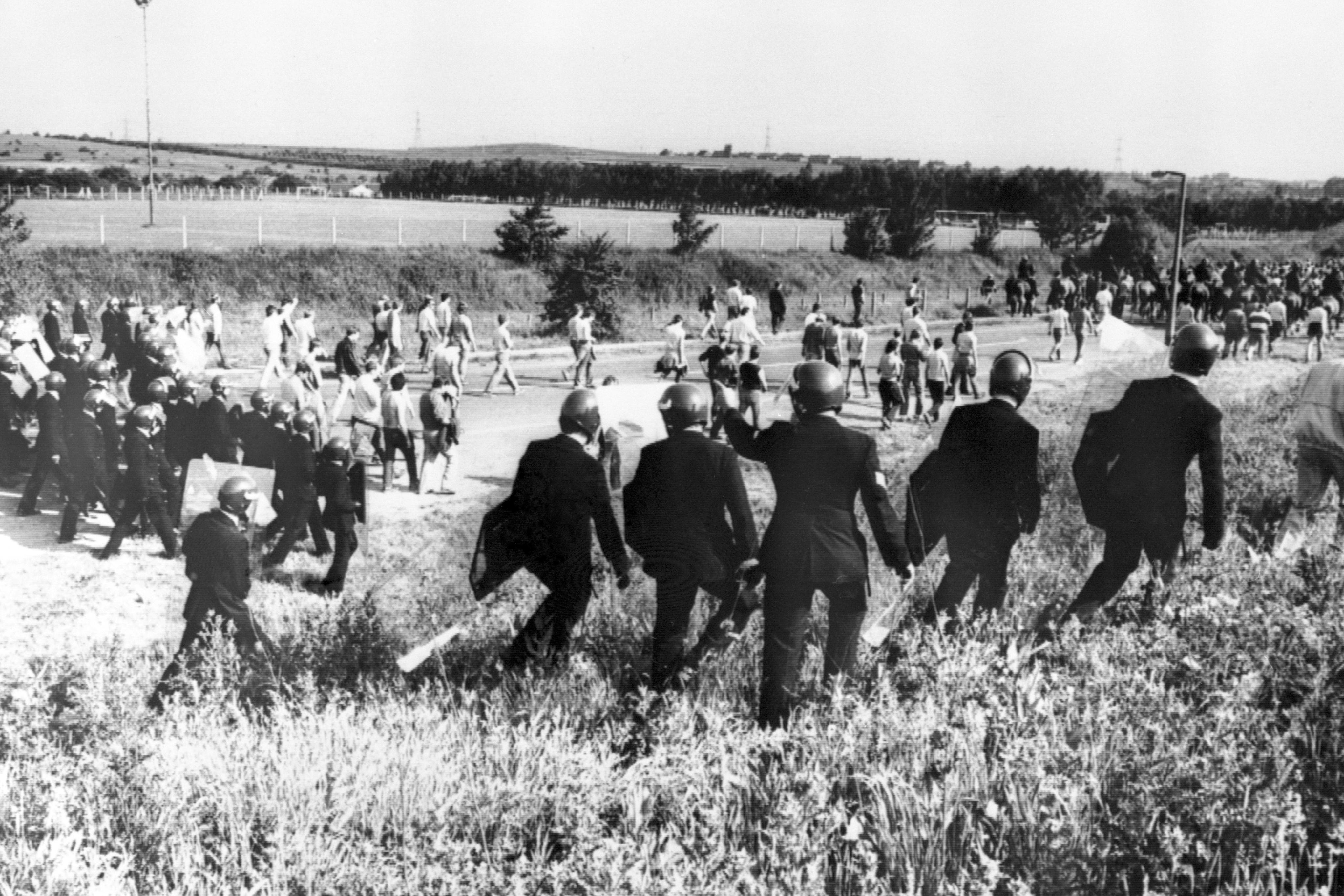
The government has announced it is launching a statutory inquiry into the violent policing at Orgreave during the infamous miner’s strike of 1984.
Dubbed the ‘Battle of Orgreave’ by historians, the event saw dozens of picketers and police injured in a morning clash with an estimated 14,000 participants.
The inquiry will also look into the collapsed cases of the 95 miners accused of offences there, more than four decades after the events.
Home secretary Yvette Cooper announced the inquiry having first informed campaigners last Thursday. She spoke from the site in Orgreave where the coking plant that was the target of the picketing was located.
“People have waited for answers for over 40 years,” she said. “The scale of the clashes, the injuries, the prosecutions, the discredited evidence, all of those things – there’s still so many unanswered questions.”

“I think the miners’ strike still has deep scars across coalfield communities, and the decisions made at that time – the broadest decisions that were taken by the Thatcher government in the 1980s – the scars can still be felt across the coalfields.”
Here’s everything you need to know:
What happened at the Battle of Orgreave?
On 18 June 1984, one of the most brutal clashes in modern British policing history unfolded as workers organised by the National Union of Mineworkers (NUM) gathered to picket a South Yorkshire coking plant.
The previous evening, NUM president Arthur Scargill addressed miners about plans for the following days’ picket. Around 2,000 miners were due to visit Orgreave, a major plant near Rotherham where coal was processed into coke to be used in British Steel factories.
Picketers begin gathering as early as 4am on the hot day, and by 7am are being guided in their thousands by police to a nearby field.

Here, an estimated 6,000 police officers have assembled, and are facing around 8,000 picketers. Many of the officers are equipped with truncheons, riot shields, or on horseback.
Just after 8am, empty wagons begin arriving to pick up coke from the plant. Miners begin pushing towards police line, and police push back. At this point, picketers recall struggling to keep their footing or even breathe in the crush.
A few minutes later, the police line opens up, and officers on horses carrying long truncheons advance on the miners. Two more charges like this would take place within the hour, as one senior officer is filmed advising the police: “Bodies, not heads.”
The third charge is accompanied by snatch squads – police with batons and short shields – marking the first time this kind of unit had been deployed on the UK mainland.
Miners that have not fled are dragged out of the crowd and pulled to the ground. One news report captures footage of a miner named Russell Broomhead being repeatedly hit in the head with a truncheon.

Around 2,000 of the remaining miners are sent to another entrance to Orgreave, where there is another large field. Gates open at 10.15am, when around 30 lorries packed with coke leave the site. Pickets attempt to stop them, and more arrests are made, with allegations of more violence.
It is during this final frenzy of activity that Mr Scargill is injured, claiming he had been hit by a police shield. He said: “All I know is that these bastards rushed in and this guy hit me on the back of my head with a shield and I was out.” Police deny that Mr Scargill was hit by a shield.
The lorries get through, and police continue to attempt to disperse remaining picketers. The horse charges and snatch squad activity continues until around 1pm, when the majority of the violence subsides.
What was the aftermath?
Following the clash, South Yorkshire Police was accused by critics of having pre-planned the violence and overstating the unlawful behaviour of the striking miners.
This criticism was also lodged against then-prime minister Margaret Thatcher, who said the Orgreave picketers had attempted to “substitute the rule of the mob for the rule of law,” adding that the strike action failed “because of the magnificent police force well trained for carrying out their duties bravely and impartially.”
The following year, the prosecution against 95 of the picketers charged with riot, unlawful assembly and similar offences collapsed. All charges were dropped after their barristers repeatedly accused police officers of lying.

Michael Mansfield KC, who represented several of the miners in court, called the event “the worst example of a mass frame-up in this country this century.”
A number of lawsuits were subsequently brought against South Yorkshire Police for assault, unlawful arrest and malicious prosecution. The force would later agree to pay £425,000 compensation and £100,000 in legal costs to 39 picketers in an out-of-court settlement.
To this day, the police have not admitted any fault, and no officer has been disciplined for misconduct,
Why has an inquiry been launched now?
The subsequent 41 years have seen several calls for an official inquiry into the events. In 2012, the Orgreave Truth and Justice Campaign (OTJC) was launched following the success of the Hillsborough Justice Campaign in forcing an investigation into police conduct in that event.
However, in 2015, the Independent Police Complaints Commission (IPCC) said it would launch a formal investigation because too much time had passed.
Prior to the July 2025 general election, the Labour Party led by Sir Keir Starmer promised to launch an inquiry into Orgreave should it secure victory. A year on from its election, the government has delivered on that promise.
OTJC secretary, Kate Flannery, said: “We have waited a long time for this day and this is really positive news. All these years of hard work by the OTJC and our many supporters has helped to influence this constructive announcement.

“We now need to be satisfied that the inquiry is given the necessary powers to fully investigate all the aspects of the orchestrated policing at Orgreave, and have unrestricted access to all relevant information including government, police and media documents, photos and films”
The NUM president, Chris Kitchen, said: “We are over the moon. We’re hoping the inquiry will show that our dispute, which we believe was industrial, was political, orchestrated from No 10, or higher up the food chain towards No 10.
“We never came to this field to cause a riot or to deliberately lame people. I don’t think that was the same for the police, who came tooled up, with a plan to injure us, and to try and get the public perception on their side and end the strike.”
A spokesperson for South Yorkshire police said: “We will fully cooperate with the inquiry in a bid to help those affected find answers.”
Kilmar Abrego Garcia’s lawyers ask judge to delay release from jail over deportation fears
Why are protesters targeting a hotel in Essex?
Six arrested after ‘thuggery’ outside Essex hotel ‘housing asylum seekers’
World’s longest-serving KFC worker dies in UK town
The Observer apologises for ‘racist’ cartoon of Zarah Sultana
Average UK house asking price sees steepest monthly drop in 20 years







